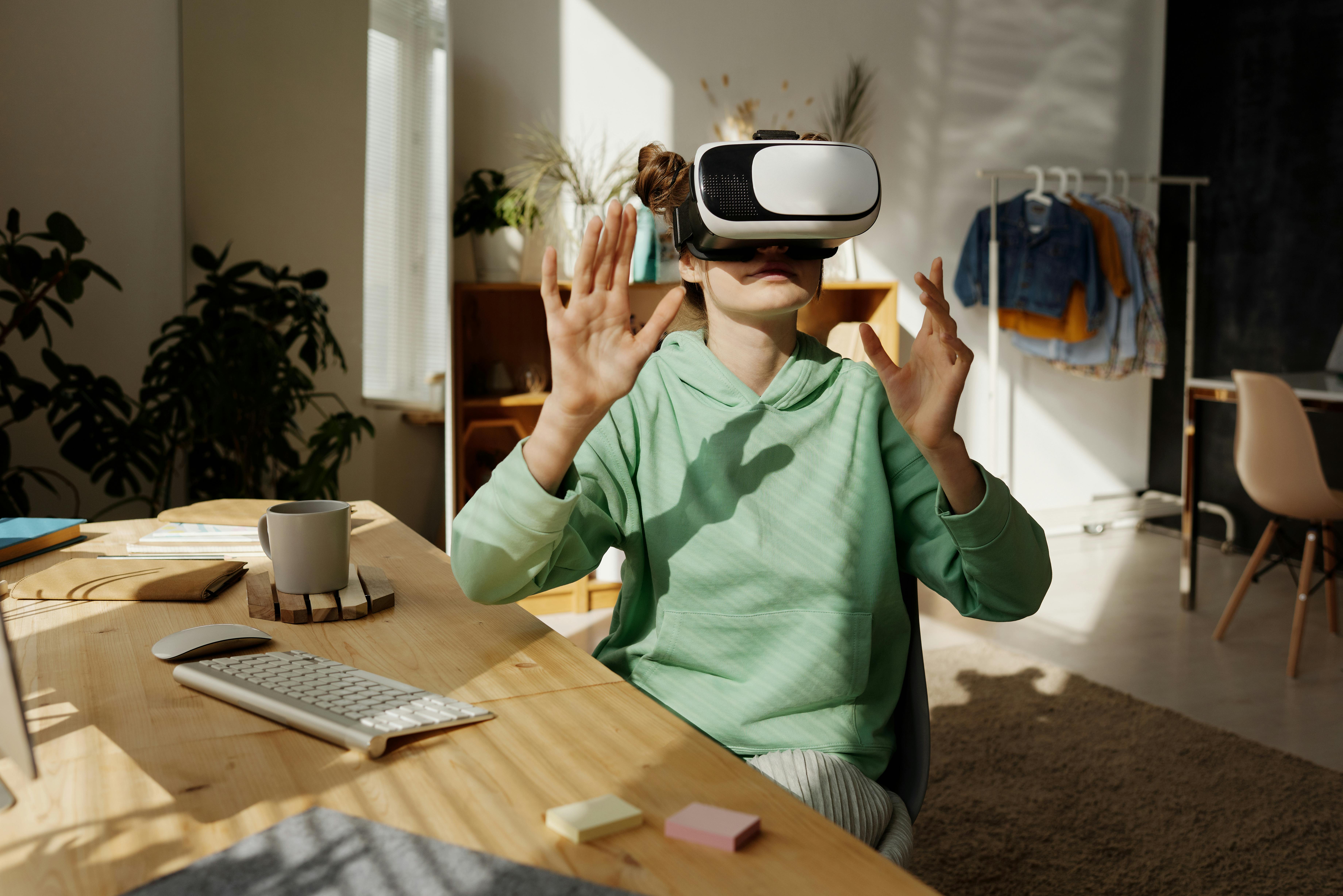"Redefining Reality: Augmented Reality's Impact on Modern Art"
Introduction: Step into the intersection of technology and creativity, and explore the transformative influence of augmented reality (AR) on the modern art landscape. This emerging trend is reshaping artistic expression, turning virtual visions into tangible experiences.

A Glimpse into the Past: Origins of Augmented Reality in Art
Augmented reality, a technology that overlays digital information onto real-world environments, has been gradually infiltrating artistic spaces since the late 1990s. Early adopters were pioneers, using AR as a tool to project their imaginations into the physical world. However, it wasn’t until the advent of smartphones and wearable technology that AR truly began to take root in the art world, transforming it in intriguing ways.
Augmented Reality Today: Art in the Palm of Your Hand
Fast forward to the present, and AR is now a widely accepted medium in the art world. Museums and galleries are using AR to create immersive, interactive experiences, offering viewers a deeper comprehension of artworks. For instance, AR apps allow users to explore an artist’s process, revealing layers of sketches and drafts behind a final masterpiece. Artists, too, are embracing AR to push the boundaries of their work, creating pieces that exist in both the physical and digital realms.
The Impact: A New Dimension to Artistic Expression
AR’s influence on the art industry is significant and multi-faceted. Firstly, it’s providing artists with a new platform for expression, one that transcends traditional limitations of space and material. Secondly, it’s democratizing art, making it more accessible to the public. Interactive AR installations can be experienced anywhere, anytime, breaking down the walls of elite galleries and museums. Finally, AR is fostering a deeper connection between art and audience, offering a level of engagement that static paintings or sculptures can’t achieve.
The Future Outlook: A Canvas Without Boundaries
In an era defined by digital transformation, AR’s potential in the art world is limitless. Predicted advancements include the rise of virtual art marketplaces, where artists can sell their AR creations directly to consumers, and the development of more sophisticated AR tools, enabling unprecedented detail and complexity in digital artworks. As AR technology continues to evolve, so too will the ways in which artists utilize it, promising a future of art that is as dynamic and innovative as the technology itself.
Concluding Thoughts: Embracing the Digital Renaissance
Augmented reality is not just a technological advancement; it’s a cultural shift, a new chapter in the narrative of art history. As we stand on the precipice of this digital renaissance, it’s clear that AR offers a fresh canvas for creativity, one that challenges us to redefine the boundaries of art itself. As artists continue to experiment with AR, audiences are invited to step into their digital dreamscapes, experiencing art in a way that’s both profoundly personal and universally accessible. In the realm of AR, reality is truly in the eye of the beholder.
In a world where art and technology are increasingly intertwined, augmented reality offers an exciting glimpse into the future of creative expression. As we continue to explore and embrace this new medium, one thing is certain: the possibilities for artistic innovation are virtually limitless.




